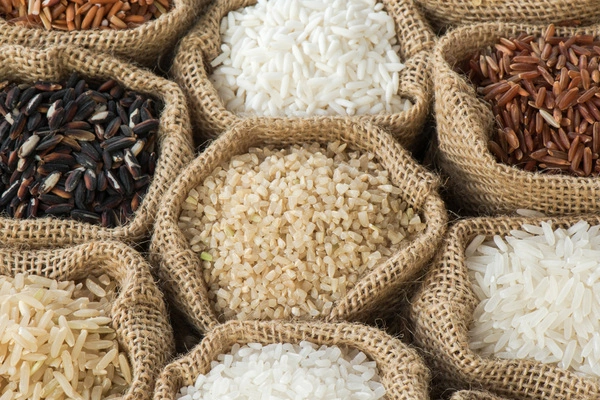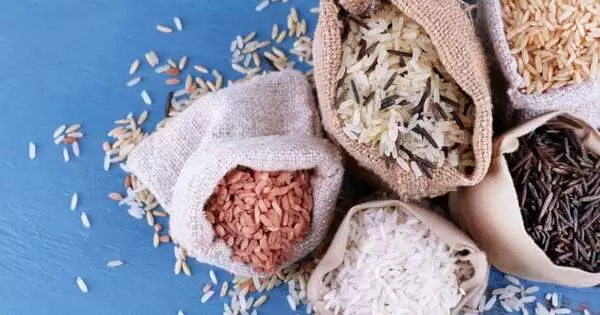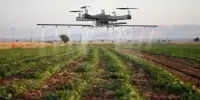Rice breeding is the process of developing new varieties of rice with desired traits such as disease resistance, high yield, and improved nutritional content. Recently, there have been several breakthroughs in rice breeding that have the potential to help feed billions of people around the world. For example, scientists have developed a new type of rice that is able to grow in saltwater, which could be used to help farmers in coastal areas who are affected by sea level rise.
Additionally, researchers have developed new rice varieties that are able to grow in harsher environments, such as drought-resistant rice, which could be used to help farmers in regions where water is scarce. Another breakthrough is the development of rice varieties with higher levels of Vitamin A, which could help to alleviate vitamin A deficiency, a major public health problem in many developing countries.
An international team has successfully propagated a commercial hybrid rice strain as a clone from seeds with 95% efficiency. This could reduce the cost of hybrid rice seed, allowing low-income farmers around the world to access high-yielding, disease-resistant rice strains. Nature Communications published the findings.
Crop plant first-generation hybrids frequently outperform their parent strains, a phenomenon known as hybrid vigor. However, if the hybrids are bred together for a second generation, this does not hold true. As a result, farmers who want to use high-performing hybrid plant varieties must buy new seed every season.
Apomixis in crop plants has been the focus of global research for over 30 years, because it has the potential to make hybrid seed production accessible to everyone. The resulting increase in yields can help meet the global needs of an increasing population without having to use unsustainable amounts of land, water, and fertilizers.
Gurdev Khush
Rice, the staple crop for half the world’s population, is relatively expensive to hybridize for a yield improvement of about 10%. According to Gurdev Khush, adjunct professor emeritus in the Department of Plant Sciences at the University of California, Davis, this means that the benefits of rice hybrids have yet to reach many of the world’s farmers. From 1967 until his retirement from UC Davis in 2002, Khush led efforts to develop new high-yield rice varieties at the International Rice Research Institute, for which he received the World Food Prize in 1996.
One solution would be to propagate hybrids as clones, which would remain identical from generation to generation without the need for further breeding. Many wild plants can produce seeds that are clones of themselves, a process called apomixis.
“Once you have the hybrid, if you can induce apomixis, then you can plant it every year,” Khush said. However, transferring apomixis to a major crop plant has proved difficult to achieve.

One Step to Cloned Hybrid Seeds
In 2019, a team led by Professor Venkatesan Sundaresan and Assistant Professor Imtiyaz Khanday at the UC Davis Departments of Plant Biology and Plant Sciences achieved apomixis in rice plants, with about 30 percent of seeds being clones.
Sundaresan, Khanday, and colleagues from France, Germany, and Ghana have now achieved a clonal efficiency of 95% using a commercial hybrid rice strain and demonstrated that the process can be sustained for at least three generations.
The single-step procedure involves modifying three genes known as MiMe, which cause the plant to transition from meioisis, the process by which plants form egg cells, to mitosis, the process by which a cell divides into two copies of itself. Another gene change causes apomixis. As a result, the seed can grow into a plant that is genetically identical to its parent.
The method would allow seed companies to produce hybrid seeds more rapidly and at a larger scale, as well as provide seed that farmers could save and replant from season to season, Khush said.
“Apomixis in crop plants has been the focus of global research for over 30 years, because it has the potential to make hybrid seed production accessible to everyone,” Sundaresan said. “The resulting increase in yields can help meet the global needs of an increasing population without having to use unsustainable amounts of land, water, and fertilizers.”
Sundaresan believes the findings could be applied to other food crops. Rice, in particular, serves as a genetic model for other cereal crops such as maize and wheat, which together constitute major global food staples. Khush recalled organizing a conference on apomixis in rice breeding in 1994. When he returned to UC Davis in 2002, he gave Sundaresan a copy of the conference proceedings.
















